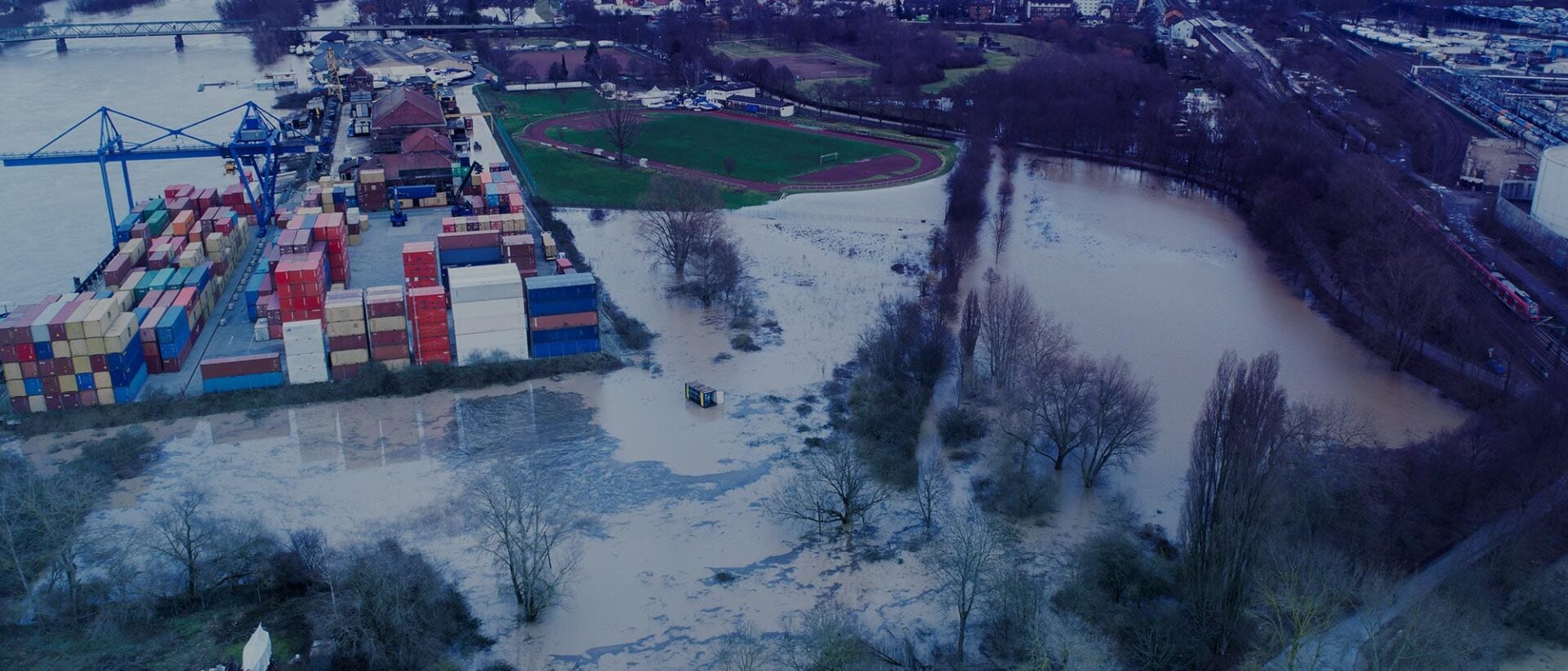The evaluation of the effects of natural events (known as Na-Tech, or from the English term Natural Hazards Triggering Technological Accidents) on plants at Significant Accident Risk (RIR) is an extremely problematic issue deriving both from the complexity of the contexts to be analysed and from the lack of regulations on the subject, particularly with regard to plants with high plant and structural complexity.
In the risk analysis activities, in addition to the load-bearing structures and building buildings, there are industrial equipment and utilities which in turn process and/or contain dangerous substances, and which constitute an increase in risk in the event of involvement in an accident.
The historical analysis of Na-Tech accidents shows how the occurrence of natural events, such as earthquakes, has led to damage to equipment for industrial use and the consequent release of dangerous substances, causing explosions, fires and toxic dispersions into the atmosphere, with very serious consequences.
In general, in addition to earthquakes, other natural events such as tsunamis, floods, landslides, volcanic eruptions and lightning can be a potential cause of major accidents and risk amplification:
- an increase in the annual frequency of accidental events;
- an extension of the areas of damage due to the concomitance of different events and the non-use of mitigation measures.
From an operational point of view, TECSA analyses are focused on the study of Dangerousness and Vulnerability, according to different levels of detail, depending on the scale of the sample to be analysed and the objectives to be achieved.
A quantitative approach is proposed for risk assessment, with probabilistic or deterministic results, suitable for medium scale vulnerability assessments, which makes it possible to assess the expected level of performance when a synthetic parameter representative of the natural event (water height or wind speed) varies, to be compared with damage thresholds represented by empirical fragility functions.
This working approach, consolidated in international regulations and literature for RIR plant vulnerability, is a fair compromise for vulnerability analysis within industrial plants, as it is a good compromise:
- allows for sufficiently reliable results to be obtained for use in risk analysis as they result from rigorous treatment and not from observational criteria;
- allows the verification of extremely complex realities that are difficult to investigate analytically due to the vastness of the elements and the multidisciplinarity required;
- allows to obtain results in probabilistic form, and therefore suitable for the implementation of industrial risk analysis;
In general, there are different methodologies for the analysis of Hazard, the choice of which depends on the physical territorial and environmental characteristics and the availability of reference data.
The choice of work methodology is made in compliance with the physiographic characteristics of the territory and the hazardous conditions are defined by assessing the degree and reliability of the information needed to carry out the activities in question. On the basis of this information, it is possible to define the level of detail characterising the hazard identification study, based on the type of more or less deterministic approach adopted. In particular:
- a basic level, including expeditious analysis using historical inventory and geomorphological methods;
- an advanced level in relation to the value of the elements present in the reference areas and potentially exposed to dangerous natural phenomena.
Tecsa S.r.l. has proceeded for a significant number of customers with sites throughout Italy to carry out seismic vulnerability analyses and structural verification of structures with respect to seismic events. Among these, the majority of Italian refineries and numerous industrial sites subject to major accident prevention legislation (bearing in mind that Legislative Decree no. 105/2015, which implements the Seveso III Directive, actually emphasises the need to assess industrial accidents generated by natural events, including the earthquake). As part of these activities, Tecsa S.r.l., together with the Polytechnic of Turin, has developed a rapid methodology for the investigation of seismic vulnerability that relates the relevant events that may occur as a result of a seismic event to the actual vulnerability of structures given their actual condition. This method allows to achieve a prioritisation of the investigations to be carried out in compliance with the national anti-seismic law according to the methods provided by the reference NTC and is based on the results of the relevant accident risk analysis, on the application of the LOPA (AIChE) analysis for some accident scenarios, on expert judgement and on a series of simplified calculations carried out starting from simplified models of structures similar to the items under study developed with FEM techniques. This important experience has also led to the drafting of a series of scientific articles in journals of supranational interest.


